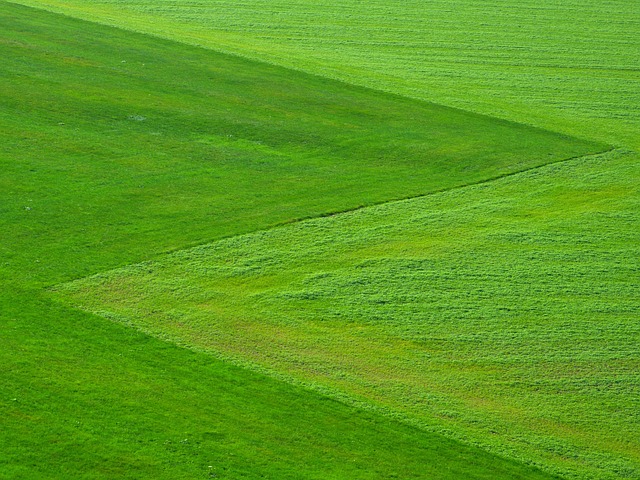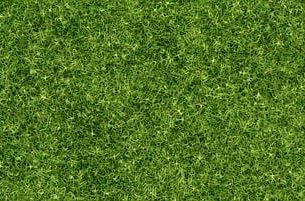Lawn care and landscaping are key to a beautiful garden. Regular mowing at optimal heights, deep and infrequent watering, weeding, and composting/fertilizing encourage robust root growth, drought resistance, and overall grass health. Strategic fertilization during spring and early fall, using balanced NPK fertilizers or organic options like compost, promotes healthy root development and sustainable practices. These fundamental techniques transform outdoor spaces into lush, vibrant havens that showcase effective lawn care and landscaping.
“Unleash your garden’s full potential with our comprehensive guide to lawn care and landscaping. Discover the secrets to a lush, vibrant oasis that captivates all who behold it. From mastering lawn maintenance essentials like regular mowing, fertilization, and watering, to exploring creative landscaping design ideas for visual appeal, this article is your one-stop resource. Learn seasonal maintenance tips for spring cleaning, summer care, and fall preparations to ensure your garden thrives year-round.”
- Lawn Care Essentials: Nurturing Your Green Oasis
- – The importance of regular mowing and its impact on lawn health.
- – Fertilization techniques: when, what, and how to choose the right fertilizer.
Lawn Care Essentials: Nurturing Your Green Oasis

Maintaining a lush, vibrant lawn is the cornerstone of any beautiful garden. Lawn care and landscaping go hand in hand, as proper maintenance transforms your outdoor space into an inviting, healthy haven. The essentials of lawn care involve a combination of meticulous attention and strategic practices. Firstly, regular mowing ensures your grass stays neatly trimmed and encourages robust growth. Adjusting the blade height according to the season is key; during spring and summer, keeping it shorter promotes quick healing after active use. Conversely, in autumn and winter, a slightly longer cut allows for better insulation against cold temperatures.
Beyond mowing, watering plays a pivotal role in lawn care. Understanding your grass’s water needs based on climate and seasonal changes is essential. Efficient irrigation involves deep, infrequent watering to encourage deep root growth, making your lawn more drought-resistant. Incorporating organic matter into the soil through composting or fertilizing enhances nutrient availability, fostering lush, green growth. Regular weeding not only improves the overall aesthetics but also prevents competition for nutrients, ensuring your grass stays healthy and vibrant. With these fundamental practices, you can nurture a flourishing lawn that becomes the envy of the neighborhood, showcasing the beauty of effective lawn care and landscaping.
– The importance of regular mowing and its impact on lawn health.

Regular mowing is a fundamental aspect of lawn care and landscaping, playing a crucial role in maintaining lawn health. It helps to control weeds by preventing them from reaching maturity and seeding, thus reducing competition for nutrients. A well-maintained lawn with consistent mowing encourages healthy grass growth, fostering a lush and vibrant outdoor space.
Moreover, regular mowing promotes better air circulation and sunlight penetration, allowing grass to photosynthesize efficiently. This process strengthens the root system, making the lawn more resilient against drought, pests, and diseases. Proper mowing height settings also contribute to efficient water usage, as taller grass can shade the soil, reducing evaporation rates. By incorporating these practices into your lawn care routine, you’ll create a thriving landscape that adds beauty and value to your property.
– Fertilization techniques: when, what, and how to choose the right fertilizer.

Maintaining a lush, vibrant garden requires a well-planned fertilization strategy. The timing of fertilization is key; spring and early fall are ideal periods as plants are actively growing. During these seasons, apply slow-release fertilizers to provide sustained nutrients, promoting healthy root development and robust growth. For existing lawns, a balanced fertilizer with equal nitrogen, phosphorus, and potassium (NPK) ratios is often suitable.
When choosing a fertilizer, consider your garden’s specific needs. Different plants have varying nutrient requirements. Research and select fertilizers tailored for your lawn and landscaping features. Organic options, like compost or well-composted manure, are environmentally friendly and enrich the soil over time. Alternatively, synthetic fertilizers offer quick results but should be used sparingly to avoid burning the plants and damaging local water sources.
Maintaining a lush and vibrant garden is an art that combines meticulous care with strategic landscaping. By mastering lawn care essentials like regular mowing and selecting the perfect fertilizer, you transform your outdoor space into a thriving oasis. Embrace these practices to ensure your lawn stays healthy and beautiful, setting the stage for a tranquil and aesthetically pleasing environment. Through simple yet effective techniques, anyone can achieve a stunning garden that becomes the envy of the neighborhood.



